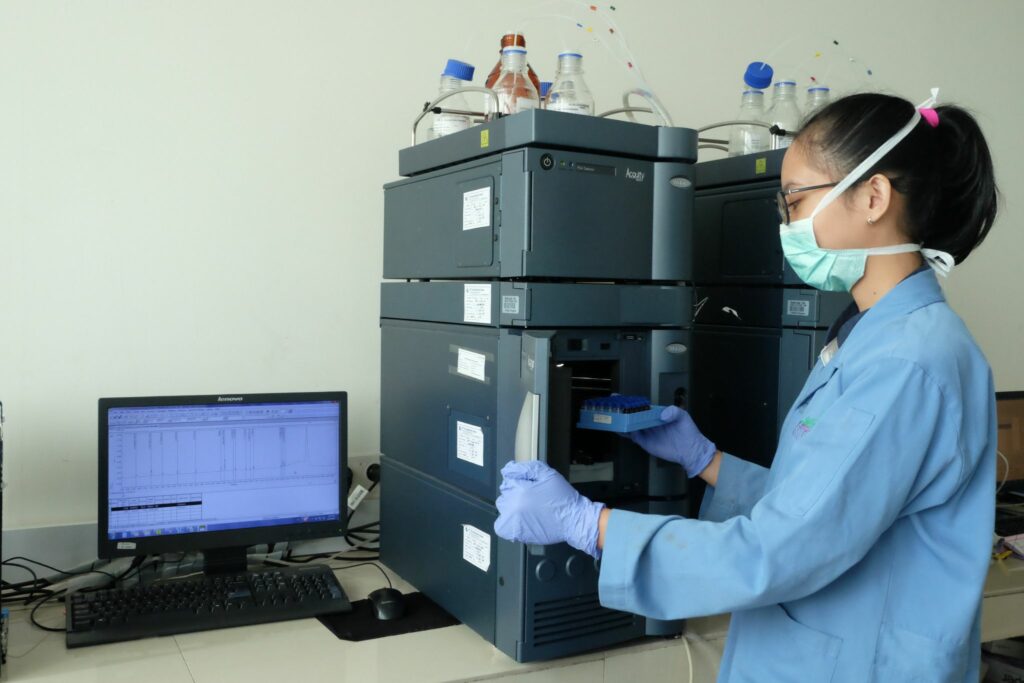Pewarna Makanan
– Alergen
– Asam Amino
– Antibiotik
– Antioksidan
– Kontaminan
– Dioksin & PCBs
– Asam Lemak
– Serat
– Pewarna Makanan
– Pengawet makanan
– GMO & Biologi Molekuler
– Logam Berat
– Mikrobiologi
– Mineral & Unsur
– Mikotoksin
– Asam Organik
– Residu Pestisida
– Analisa Proksimat
– Penentuan Umur Simpan
– Residu Pelarut
– Gula & Pemanis
– Vitamin
Pewarna makanan digunakan dalam banyak minuman dan makanan umum. Pewarna banyak digunakan dalam pembuatan makanan untuk menarik konsumen karena pewarna dapat meningkatkan kualitas sensorik pertama. Pewarna alami dan sintetis diizinkan untuk ditambahkan ke makanan olahan pada batas tertentu. Laboratorium SIG telah terakreditasi ISO 17025:2017 dan juga terus mengikuti uji profisiensi internasional untuk pewarna makanan sehingga menjamin kualitas pengujian.
Bagaimana SIG dapat membantu
Laboratorium SIG dapat membantu melakukan pengujian analisis pewarna makanan pada berbagai macam matriks.
Jenis-jenis pewarna makanan yang dapat diuji di laboratorium SIG antara lain:
Pewarna Sintetis:
- Uji Kualitatif
- Merah Allura
- Biru Brilliant
- Hijau Brilliant
- Cokelat HT
- Karmoisin
- Crystal violet
- Erythrosine
- Indigo carmine
- Indigotine
- Leuco crystal violet
- Leuco malachite green
- Malachite green
- Metanil yellow
- Ponceau 4R
- Quinoline yellow
- Rhodamine B
- Sudan (I, II, III, IV)
- Sunset Yellow
- Tartrazine
Pewarna Alami::
- Annatto bixin
- Annatto norbixin
- Anthocyanin
- Carotene
- Total carotene
- Curcumin
- Carmine
- Titanium Dioxide
Metode analisis

SIG adalah aboratorium ahli untuk analisis pewarna makanan. Pengujian berbagai pewarna makanan biasa menggunakan metode HPLC-PDA.
Berita dan Informasi
Aktif Terlibat Dalam Forum Internasional: SIG Resmi Menjadi Bagian AOAC Southeast Asia
SIG telah meraih keanggotaan resmi dalam AOAC Southeast Asia (AOAC SEA). Langkah ini menandai komitmen SIG dalam mendukung perkembangan ilmu analisis dan pengujian ilmiah di wilayah Asia Tenggara. AOAC SEA adalah bagian dari AOAC Internasional yang merupakan sebuah organisasi global...
SIG Resmi Memperoleh Penunjukan dari KEMENTAN, Penuhi Kebutuhan Uji Mutu, Khasiat, dan Keamanan Pestisida
Pemanfaatan teknologi pengujian dan terdepan dalam pengembangan riset studi toksisitas, SIG berdasar Keputusan Menteri Pertanian RI No. 282 Tahun 2023 Sukses melengkapi penunjukannya sebagai lembaga uji...
SIG Gandeng Triskelion-Belanda: Membuka Peluang UKM Memasuki Pasar Eropa
SIG adalah laboratorium pengujian mutu dan keamanan produk terakreditasi ISO 17025 yang telah berpengalaman lebih dari satu dekade di dunia penelitian. Sejalan dengan semangat menjadi agen pendukung terciptanya dunia yang lebih aman #towardsasaferworld dan berperan aktif...
SIG Laboratory
Graha SIG, Jl Rasamala No. 20, Taman Yasmin, Bogor, Jawa Barat 16113.
Phone. +62 251 7532 348
WhatsApp. +62 82 111 516 516
Email. marketing-sig@saraswanti.com
SIG Jakarta
Jl. Percetakan Negara No. 52 B RT 006 / RW 001, Rawasari, Cempaka Putih, Jakarta Pusat 10570.
Phone. +62 21 2147 9292
SIG Surabaya
AMG Tower, 12th Floor, Jl. Dukuh Menanggal 1-A, Gayungan, Surabaya, Jawa Timur, 60234.
Phone. +62 31 8253 1288
WhatsApp. +62 818 885 165
Email. marketing@sigsurabaya.com
SIG Semarang
Jl. Kanfer Raya Blok R No. 4 Pedalangan, Kec. Banyumanik, Kota Semarang, Jawa Tengah 50268.
Phone. +62 24 7004 0541
WhatsApp. +62 812 9000 5165
Email. cs.sigsmg@saraswanti.com
SIG Medan
Jl. Bunga Asoka, Ruko Komp. Asoka Raya Residance No. 1, Medan Selayang, Sumatera Utara 20133,
WhatsApp. +62 822 7207 9665
Email. salesmedan.sig@saraswanti.com
SIG Yogyakarta
WhatsApp. +62 896 4856 9422
Email. arifin.sig@saraswanti.com
SIG Makassar
WhatsApp. +62 853 3843 9816
Email. anwar@sigsurabaya.com
Jam Operasional
Senin sd Jumat
08.00 - 17.00 WIB.


FOLLOW KAMI



